 According to one expert, the U.S. could easily lose a war with North Korea. If the war broke out, you and your family would most likely be fatalities, even if you lived 100 miles from the nearest big city. This is not sensationalism. I am deadly serious. Sometime in the next two weeks the U.S. stock market may wake up to this danger and fall off a cliff. Here is how - according to an expert so respected that he was recently asked to testify before a Congressional hearing - the U.S. could lose a war against North Korea:
According to one expert, the U.S. could easily lose a war with North Korea. If the war broke out, you and your family would most likely be fatalities, even if you lived 100 miles from the nearest big city. This is not sensationalism. I am deadly serious. Sometime in the next two weeks the U.S. stock market may wake up to this danger and fall off a cliff. Here is how - according to an expert so respected that he was recently asked to testify before a Congressional hearing - the U.S. could lose a war against North Korea:
Unbeknownst to most Americans, North Korea already possesses at least two satellites that orbit directly over North America. Conceivably, those satellites could already be carrying nuclear warheads and re-entry shielding, allowing North Korea to “drop” nukes into the atmosphere over North America. By detonating those nukes at altitude (perhaps 150 – 500 miles high), an electromagnetic pulse (EMP) attack would be initiated that could take down the entire national power grid. A grid down scenario could kill 90% of the American people in the aftermath of a broken society. (I recently wondered why North Korea was so busy launching satellites.)

On May 8th, the House Homeland Security Subcommittee on Infrastructure conducted a hearing entitled, “Electromagnetic Pulse (EMP): Threat to Critical Infrastructure.” Testifying at the hearing was Dr. Peter Pry, a member of the Congressional EMP Commission and executive director of the Task Force on National and Homeland Security, told the Subcommittee that the issue is urgent because an EMP event could wipe out nine-tenths of the nation’s population through starvation, disease, and societal collapse.
In an op-ed to The Hill, Dr. Pry recently wrote:
North Korea has nuclear-armed missiles and satellites potentially capable of electromagnetic pulse (EMP) attack. EMP is considered by many the most politically acceptable use of a nuclear weapon, because the high-altitude detonation (above 30 kilometers) produces no blast, thermal, or radioactive fallout effects harmful to people.

EMP itself is harmless to people, destroying only electronics. But by destroying electric grids and other life-sustaining critical infrastructures, the indirect effects of EMP can kill far more people in the long-run than nuclear blasting a city.
In this scenario, North Korea makes an EMP attack on Japan and South Korea to achieve its three most important foreign policy goals: reunification with South Korea, revenge upon Japan for World War II, and recognition of North Korea as a world power.

Revenge against Tokyo is a convenient rationale for someday attacking Japan. War against Japan will be necessary for the North to conquer South Korea, as Japan is an indispensable staging area for U.S. and allied forces defending South Korea.
North Korea's dictator, Kim Jong Un, is the scion of three generations of totalitarian rule, a megalomaniac and ruthless murderer described by state media as a demigod having supernatural powers.

Kim’s strategy is to sever U.S. security guarantees to South Korea and Japan by raising the stakes too high—raising the specter of nuclear war—and through "nuclear diplomacy" to cow the U.S. and its allies into submission.
In this scenario, North Korea detonates a nuclear weapon at 96 kilometers HOB (height of burst) over Tokyo. The EMP field extends from the Japanese capital to a radius of 1,080 kilometers, covering all of Japan's major home islands.
Virtually all of Japan's major military bases and seaports are covered by the EMP field, rendering them inoperable. Traffic control towers and systems are damaged and blacked-out stopping air and rail traffic. Highways are jammed with stalled vehicles. Communications systems are damaged or destroyed or in blackout.

Worse, Japan's population of 126 million people is at risk because suddenly there is no running water or food coming into the cities. EMP induced industrial accidents are happening everywhere. Gas pipelines are exploding and turning into firestorms in towns and cities. Refineries and chemical plants are exploding, releasing toxic clouds and poisonous spills. Tokyo knows from the experience of Fukushima that as the nationwide blackout becomes protracted, within days Japan's nuclear reactors will exhaust their emergency power supplies and begin exploding, contaminating the home islands with radioactivity.
As a consequence of the EMP attack, Japan's critical infrastructures are paralyzed and incapable of transporting U.S. forces to aid South Korea. Indeed, with Japan's survival at risk, Tokyo would probably oppose any effort to help South Korea by U.S. forces staging from Japan, fearing another North Korean EMP attack.

The EMP field also covers the eastern half of South Korea, including the vital seaport of Busan (the key to South Korea's survival and U.S. victory in the last Korean War). All the eastern coastal seaports, and all military bases and airfields in the eastern half of South Korea (nearest Japan) are under the EMP field.
The EMP field does not extend to North Korea.
Left uncovered by the EMP field are the western half of South Korea, including Seoul, the capital, and the major highway systems radiating around and from Seoul southward—the best invasion routes. Stalled traffic from the EMP will not be blocking Seoul or the highways.

U.S. and South Korean forces covering the Demilitarized Zone (DMZ) will not be covered by the EMP field. The EMP field, in their immediate rear area, will cause cascading failures of the electric grid throughout the DMZ and the entirety of South Korea.
Thus, even those U.S. and South Korean forces not covered by the EMP field will be in a paralyzing protracted blackout that will cripple or deny allied forces communications, transportation, food and water, supplies and reinforcements from South Korean bases or from overseas.

The EMP attack creates conditions for North Korea's conquest of South Korea that are ideal.
North Korean armor and infantry pours across the DMZ, thrusting through and around Seoul and down the coastal highways, flanking U.S. and allied forces paralyzed by EMP and unable to maneuver.
U.S. nuclear missiles and bombers start blasting North Korea’s nuclear forces and underground bunkers where the Dear Leader may be hiding. Now Kim Jong Un knows he has miscalculated. The U.S. is no paper tiger.

In a final act of vengeance, Kim detonates the super-EMP warhead in his KMS-4 satellite, blacking out the United States.
Airliners crash. Communications and transportation stop. Natural gas pipelines explode, causing firestorms in cities. In seven days, 100 U.S. nuclear reactors go Fukushima. In a year, most Americans are dead from starvation.
The United States, Japan, South Korea, and North Korea are in ruins.
Russia and China are the winners.
Dr. Pry ends with this admonition: "Mr. President, harden the U.S. electrical grid to defend against an EMP attack, and shoot down those North Korean satellites!"













 My hard money commercial mortgage company, Blackburne & Sons, was considering a nice hard money commercial loan on a cannabis growing facility in Washington State, where properly licensed facilities are now legally allow to grow it and sell pot for recreational use.
My hard money commercial mortgage company, Blackburne & Sons, was considering a nice hard money commercial loan on a cannabis growing facility in Washington State, where properly licensed facilities are now legally allow to grow it and sell pot for recreational use.


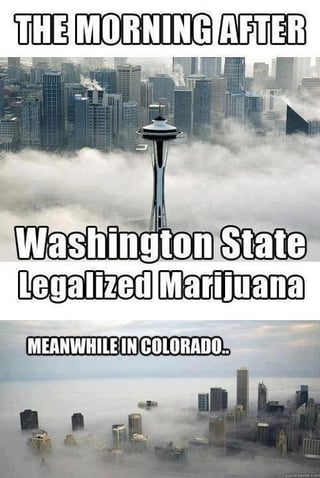

 Have you ever gone snow skiing and rented for your family a gorgeous ski chalet near the slopes for a week? What about the beach or the shore of some big, beautiful lake? Did you ever rent a big, gorgeous home on the water for a week?
Have you ever gone snow skiing and rented for your family a gorgeous ski chalet near the slopes for a week? What about the beach or the shore of some big, beautiful lake? Did you ever rent a big, gorgeous home on the water for a week?


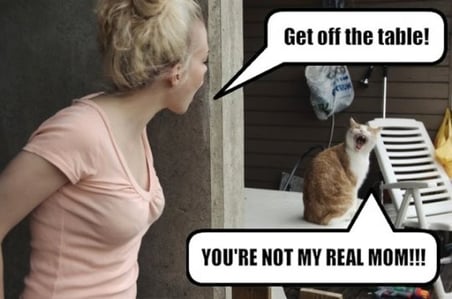



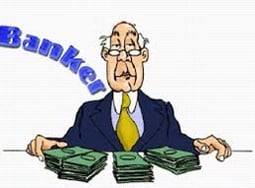 Before I get into how to meet bankers, let me first explain why you want to meet bankers.
Before I get into how to meet bankers, let me first explain why you want to meet bankers.
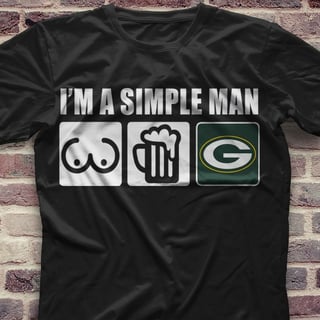






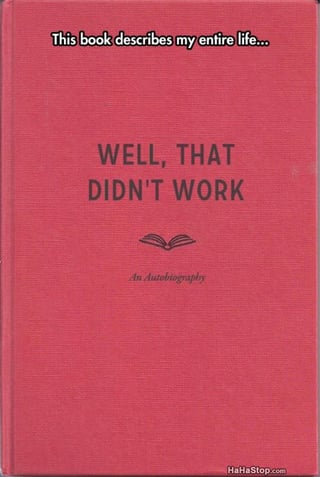

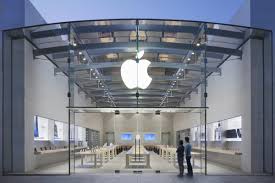 When we physically shop these days, there are apparently two different ways to shop for physical goods that you can take home immediately, as opposed to waiting for Amazon Prime to deliver them. The first way to physically shop is that you can go to some big box store, walk the acres of concrete flooring, and buy your stuff quite cheaply.
When we physically shop these days, there are apparently two different ways to shop for physical goods that you can take home immediately, as opposed to waiting for Amazon Prime to deliver them. The first way to physically shop is that you can go to some big box store, walk the acres of concrete flooring, and buy your stuff quite cheaply. 

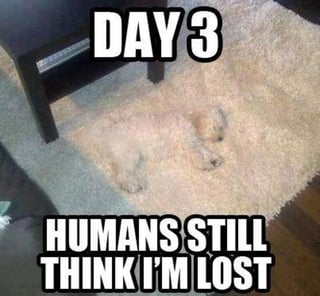


 One day Sammy Shopper, a thrifty and tight-fisted Scottish American, called every bank within 50 miles to find the best commercial loan for his office building. Guess what he found? Just about every bank quoted him the same rates and terms:
One day Sammy Shopper, a thrifty and tight-fisted Scottish American, called every bank within 50 miles to find the best commercial loan for his office building. Guess what he found? Just about every bank quoted him the same rates and terms: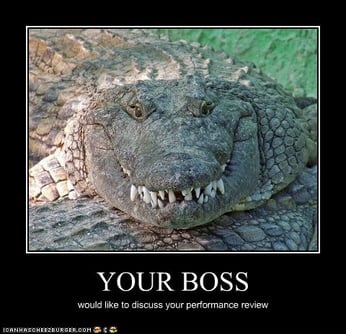



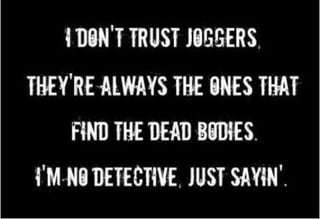


 Today I am going to teach you how to convince a bank to close a commercial loan on a building where part of the space is vacant. Before we get into this discussion, however, please allow me to pitch a private money loan from
Today I am going to teach you how to convince a bank to close a commercial loan on a building where part of the space is vacant. Before we get into this discussion, however, please allow me to pitch a private money loan from 

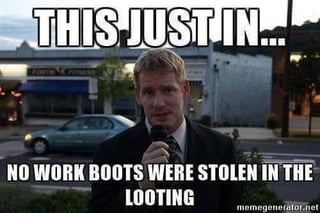
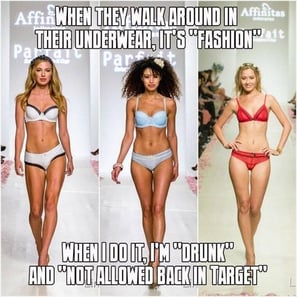

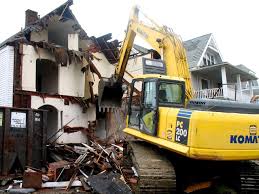 Once upon a time, Mary Flakey bought an apartment building for $1 million from Mr. and Mrs. Jones, an elderly couple. Mary put down $150,000. She then took title to the apartment building "subject to" the existing $550,000 first mortgage from Choppy Bank, and Mr. and Mrs. Jones carried back a $300,000 second mortgage at just 6% interest.
Once upon a time, Mary Flakey bought an apartment building for $1 million from Mr. and Mrs. Jones, an elderly couple. Mary put down $150,000. She then took title to the apartment building "subject to" the existing $550,000 first mortgage from Choppy Bank, and Mr. and Mrs. Jones carried back a $300,000 second mortgage at just 6% interest.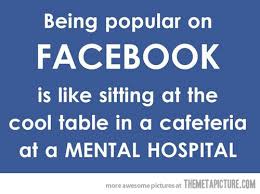



 If you are in the commercial loan business, be sure to carefully study this article. If not, enjoy my funny pictures and move on with your day. Today's blog article is just a specialized sales training lesson for commercial loan brokers.
If you are in the commercial loan business, be sure to carefully study this article. If not, enjoy my funny pictures and move on with your day. Today's blog article is just a specialized sales training lesson for commercial loan brokers.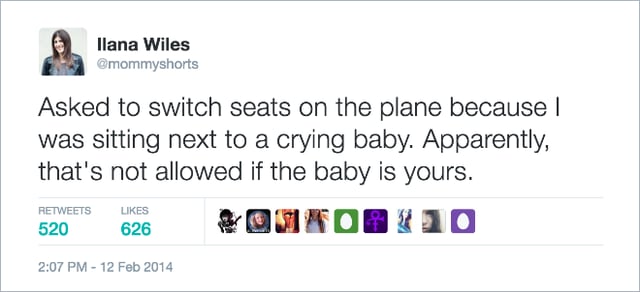






 According to one expert, the U.S. could easily lose a war with North Korea. If the war broke out, you and your family would most likely be fatalities, even if you lived 100 miles from the nearest big city. This is not sensationalism. I am deadly serious. Sometime in the next two weeks the U.S. stock market may wake up to this danger and fall off a cliff.
According to one expert, the U.S. could easily lose a war with North Korea. If the war broke out, you and your family would most likely be fatalities, even if you lived 100 miles from the nearest big city. This is not sensationalism. I am deadly serious. Sometime in the next two weeks the U.S. stock market may wake up to this danger and fall off a cliff. 





